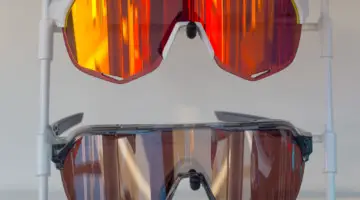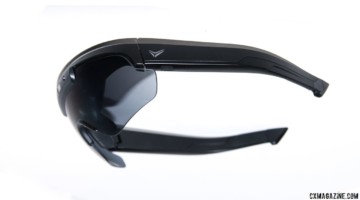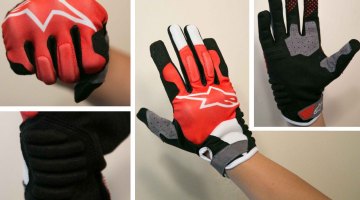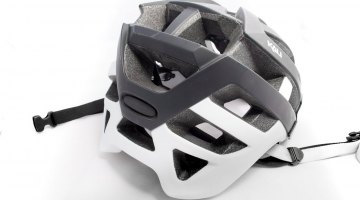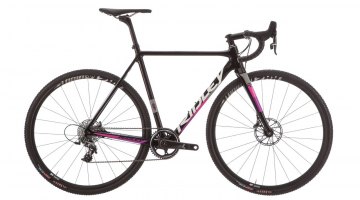Elements of Optical Clarity
Ryders Eyewear will be first to admit that our completely unscientific testing of sunglasses in bike shops years ago (decades, really) that seemed to validate Oakley’s claims of higher definition lenses were likely legitimate. Back then, supported by a large marketing budget, Oakley boasted its Plutonite lenses had better clarity than its competition. But times have changed, and Ryders maintains that it, and some other companies, have caught and surpassed the famous sports eyewear giant in optical clarity and technology.
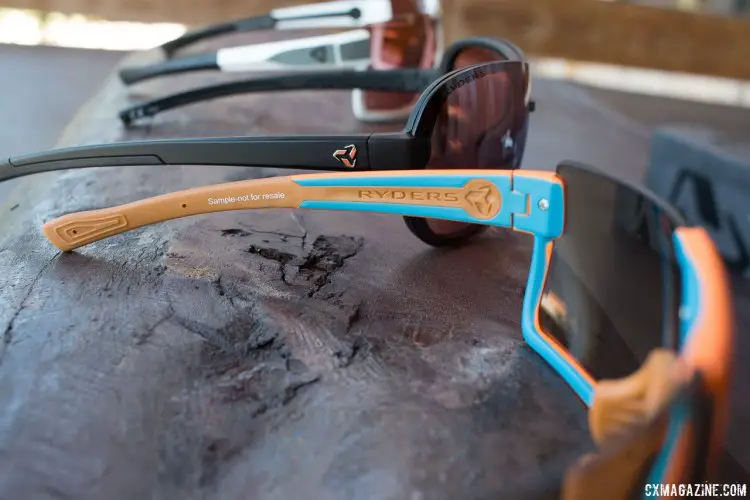
Ryders Eyewear’s new Fyre lenses are the top-of-the-line offering. They offer antifog, photochromic lenses, impact resistance, and Colour Boost. We had a chance to try them on a ride for a few hours in bright sun and dark trails, and didn’t want to give them back. Could they be the ultimate cyclocross shades? Stay tuned. Press Camp 2016. © Cyclocross Magazine
To ensure that you can see every possible detail on the course, trail or road, Ryders starts with an optical grade polycarbonate material used in military helicopters, bulletproof glass and helmets used by astronauts. Its latest lens, the NXT lens on Fyre models coming in January, boasts both top impact resistance and clarity. Then the company builds that material into “decentered” lenses that are said to eliminate distortion and eye fatigue. The result? What you see is what it is (WYSWII if you will, but that’s not Ryders’ term).
Seeing clearly is obviously important, but what about during nasty conditions like you might see in a cyclocross race?























